07 Jun The Beautiful Art of Enameled Jewelry
Enameled Jewelry: In the story of my career, I’ve had much to do with the popularising of fashion jewelry in India. But that’s another story, which I will tell one day. For the moment, I want to start a new blog series on the various genres of jewelry, not just in India but worldwide. There is a tradition of decorative baubles, which exists in multiple cultures, perhaps more than any other genre. And that is the art of enameling. It has gone through changes in taste and trends but has always endured, combining jewelry with art and chemistry.
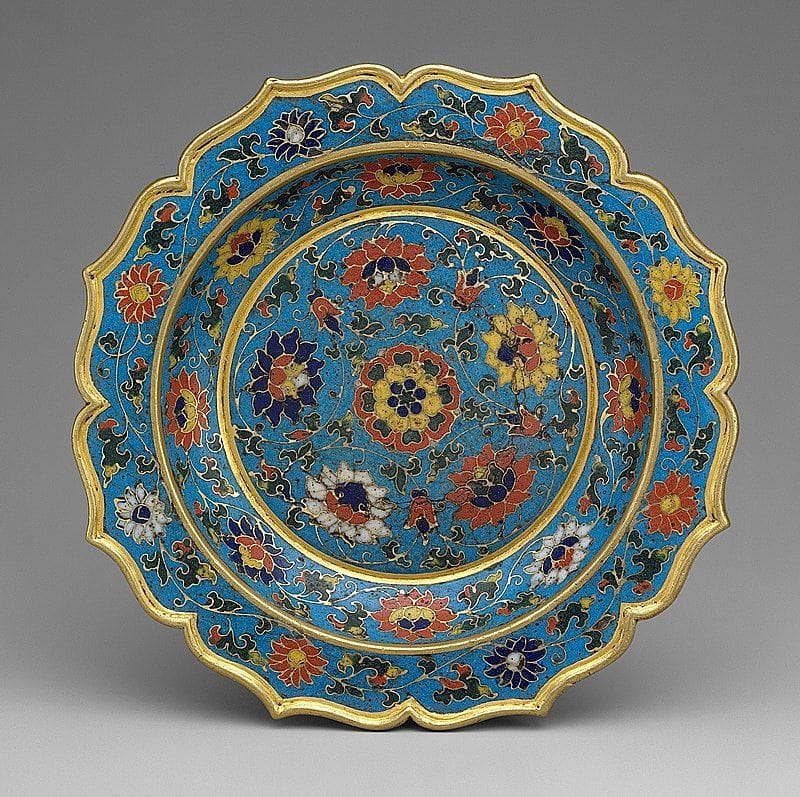
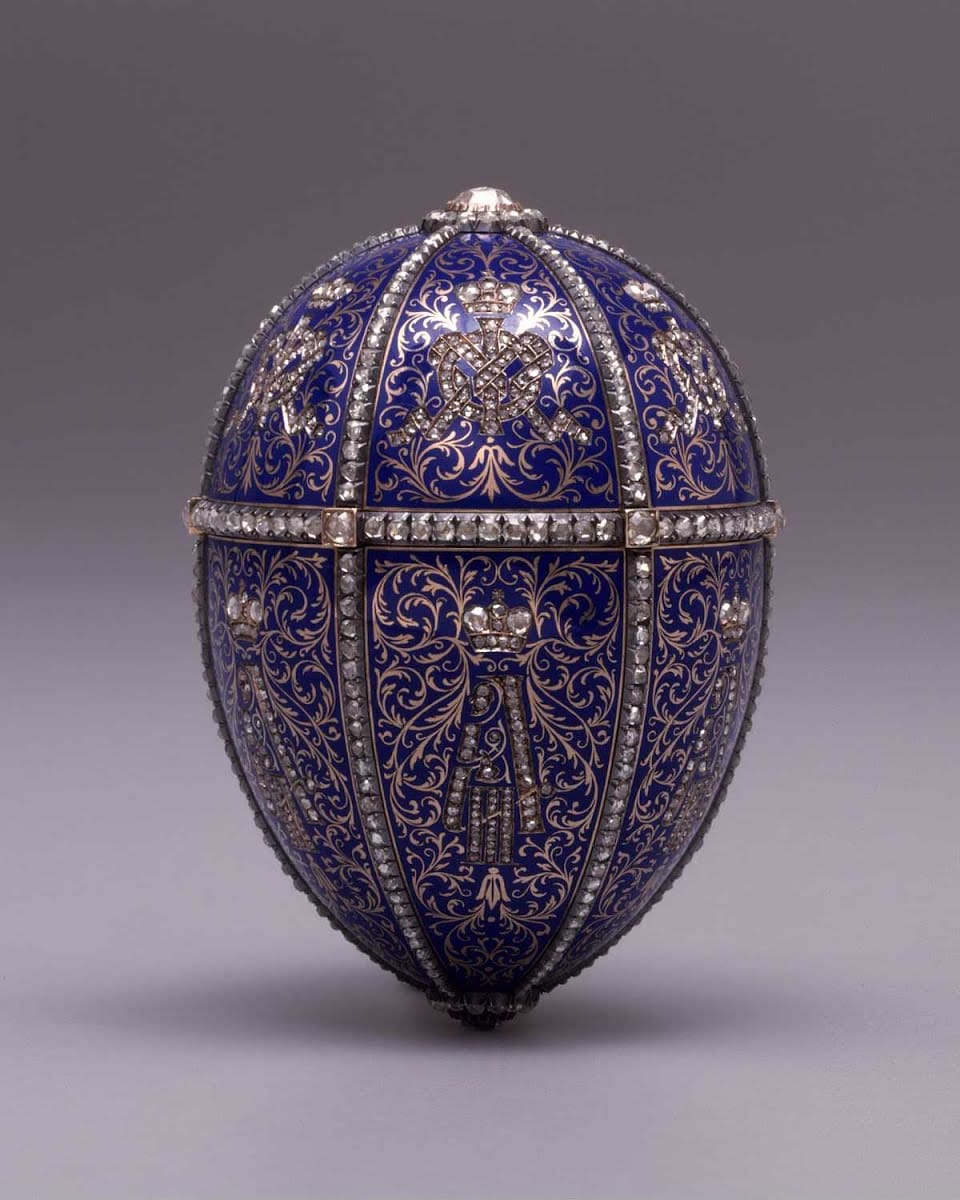
History of Enameled Jewelry in Europe
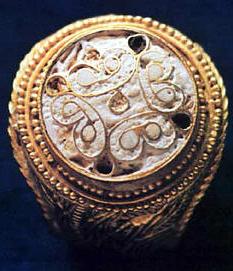
Ring from Cyprus. Cyprus Museum
Scholars opine that the earliest examples date from the 13th century BCE found in Cyprus, but the art came into its own in the 3rd century CE, in Byzantium. It gradually spread over Europe, with examples found especially in Celtic-dominated regions. The 12th century saw the emergence of Limoges as a prominent center, setting standards in painted enamel and champleve.
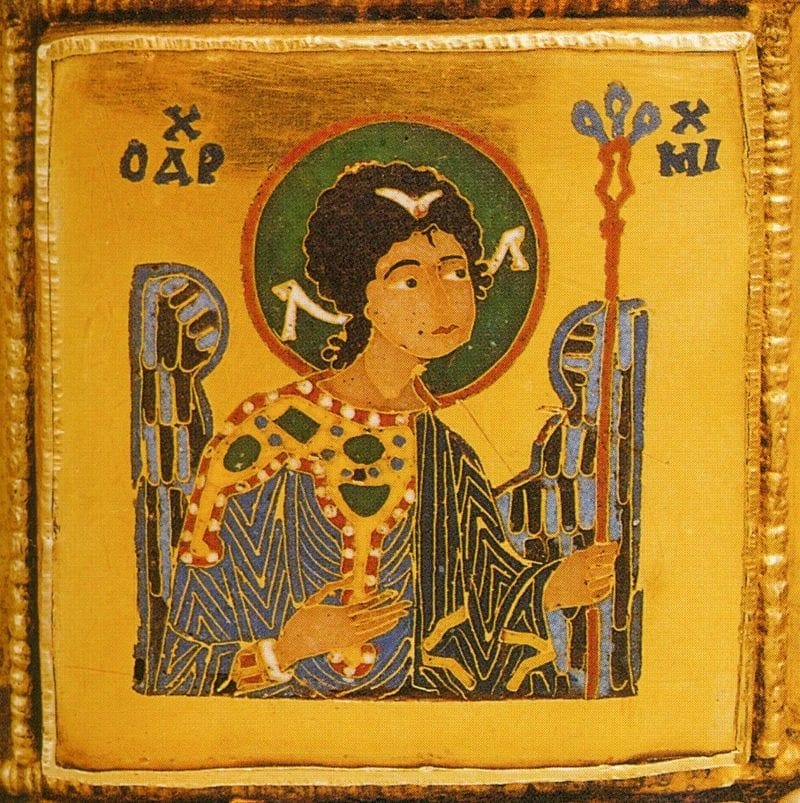
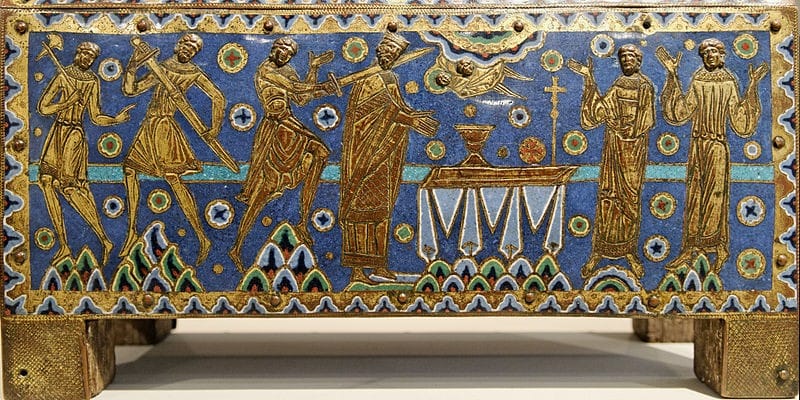
During the Renaissance, when art and culture flourished, enameled objects were widely popular, especially as religious artifacts. This continued up to the 18th century when changing trends passed on to other techniques.
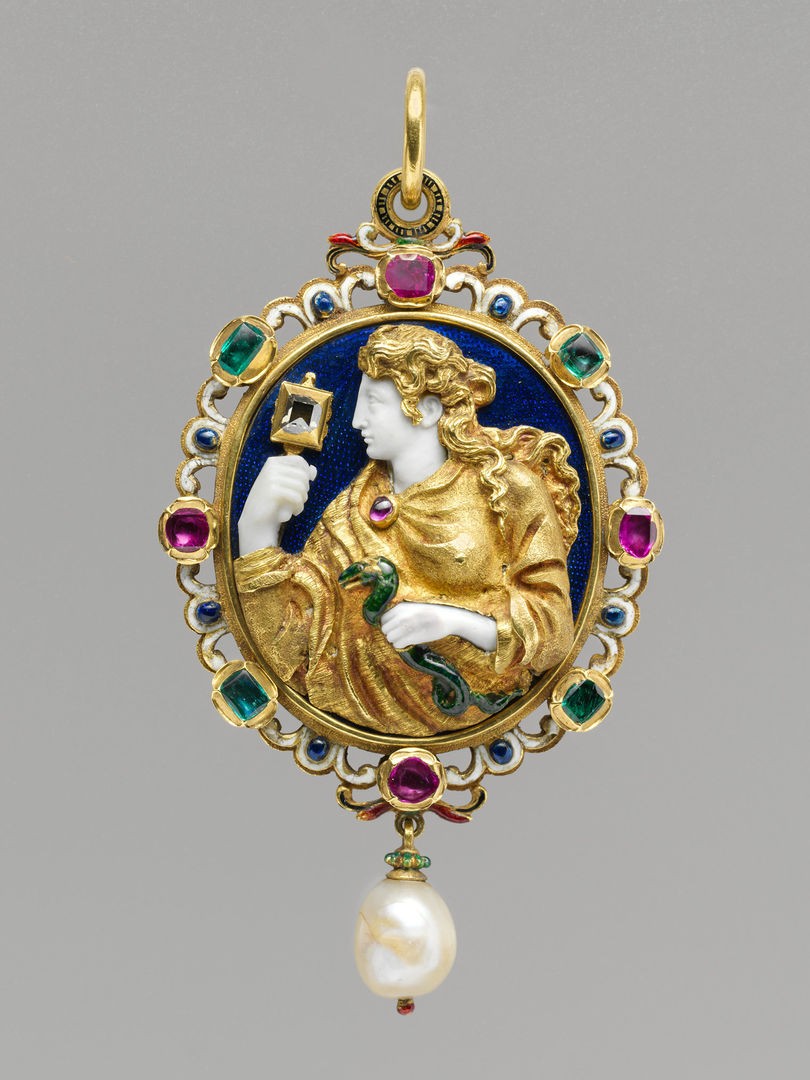
Enameling enjoyed a comeback in the Art Nouveau period, with its frequent use, especially in the floral and vegetal motifs popular in this movement.
ART NOUVEAU MOVEMENT SUPPORTING ARTS & CRAFTS DURING NINETEENTH-CENTURY EUROPE
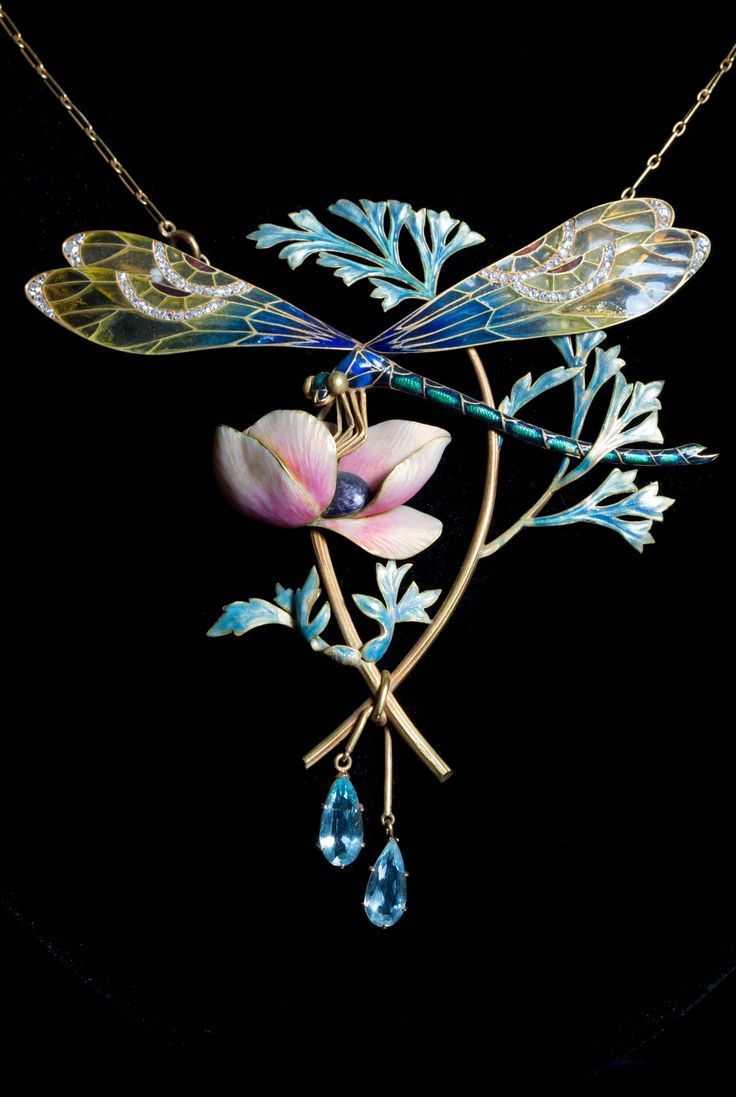
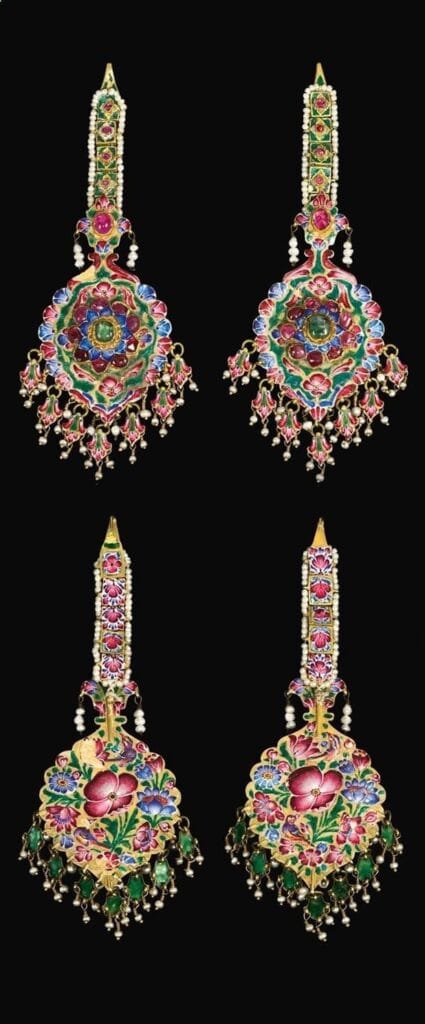
Persian earrings.
Enameled Jewelry in Persia and India
Persia, or Iran as it’s called now, boasts one of the most glorious traditions of enameled jewelry. Going back to the Sassanid period, it reached its zenith in the 15th century, eventually traveling to India with the Mughals. In the 16th century, Raja Man Singh of Amer introduced the art to Jaipur by importing a family of craftsmen from Lahore. And there, it flourishes still, miraculously practiced by descendants of the original family. The Jaipur school of enameling often combines it with Kundan work, where the enameling appears on the reverse of the piece.
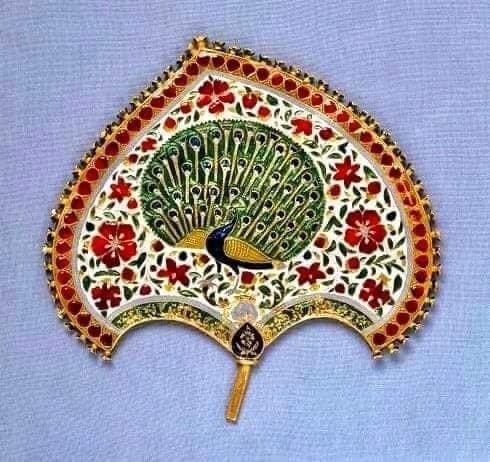
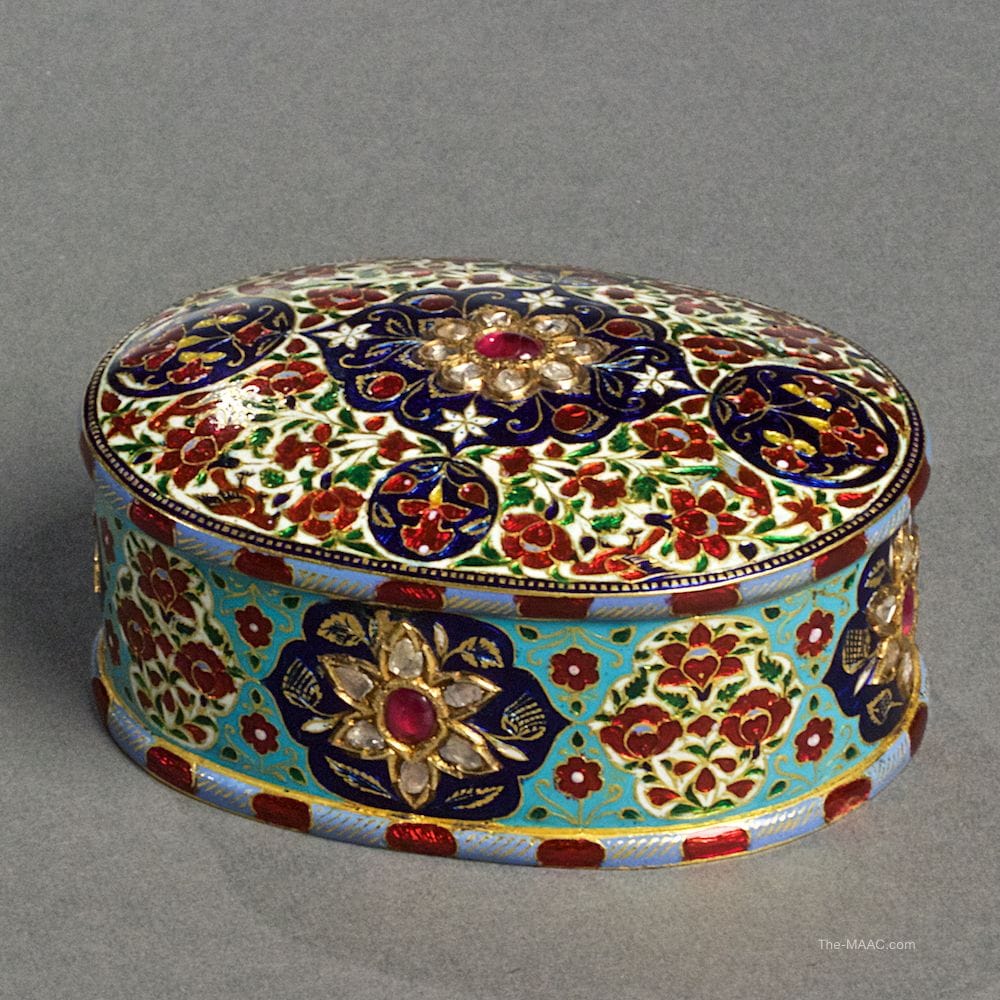
I can’t finish this section without mentioning the exquisite pink enamel of Varanasi, practiced only in that city, sadly increasingly rarely.

The process of making Enameled Jewelry
Over history and geographies, several variations have developed in enameling, which I will briefly describe below. But in essence, the process is as follows. A glass compound consisting of iron oxide, quartz, and borax is the starting point. Colors are created by mixing this with oxides/chlorides. Next, the whole is blended into a fondant, which is applied to a metal. Once it dries, it is heated precisely. The heating melts the enamel, making it spread and giving it a shiny finish. Finally, the cooled piece is filed and polished.
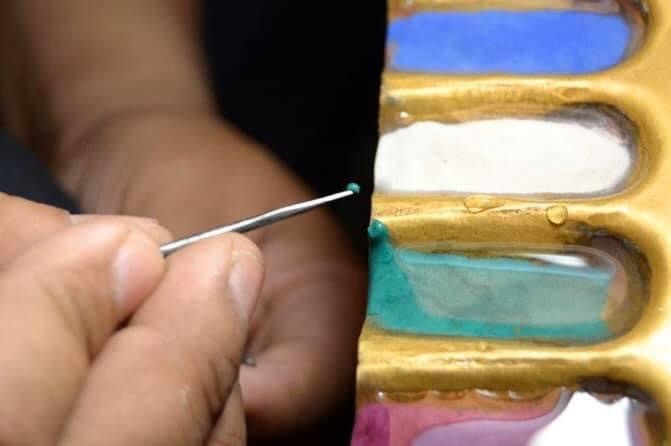
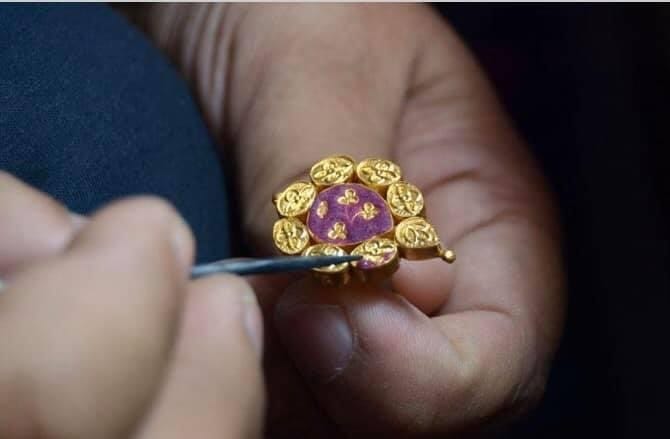
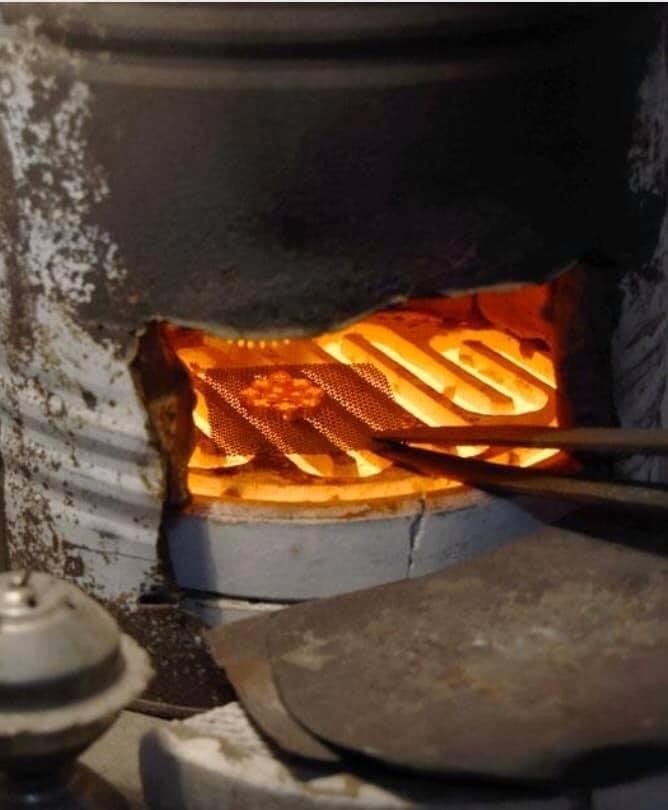
Types of Enameled Jewelry
This is a vast topic, but let’s look at the prominent ones briefly.
Cloisonne
Wires are arranged in designs on a metal base, and the spaces thus created are filled with the fondant and then finished with heating.
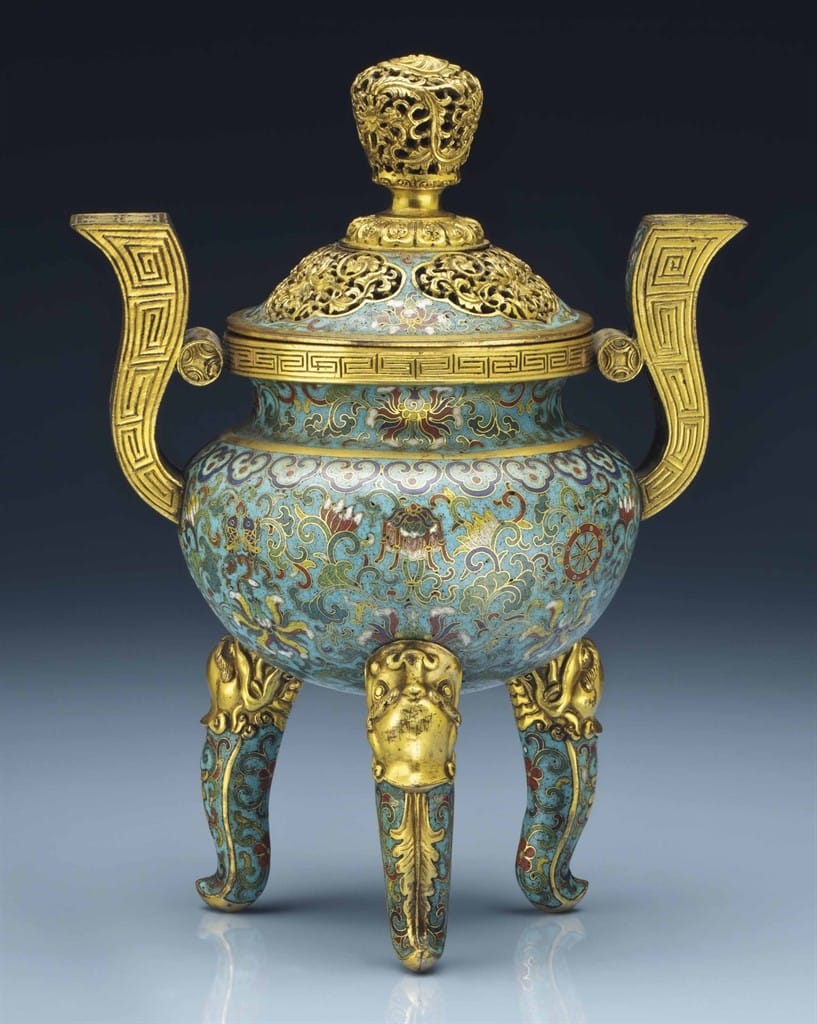
Painted enamel
Single colors of fondant are applied to the metal base. These serve as a base for hand painting a picture on this background.
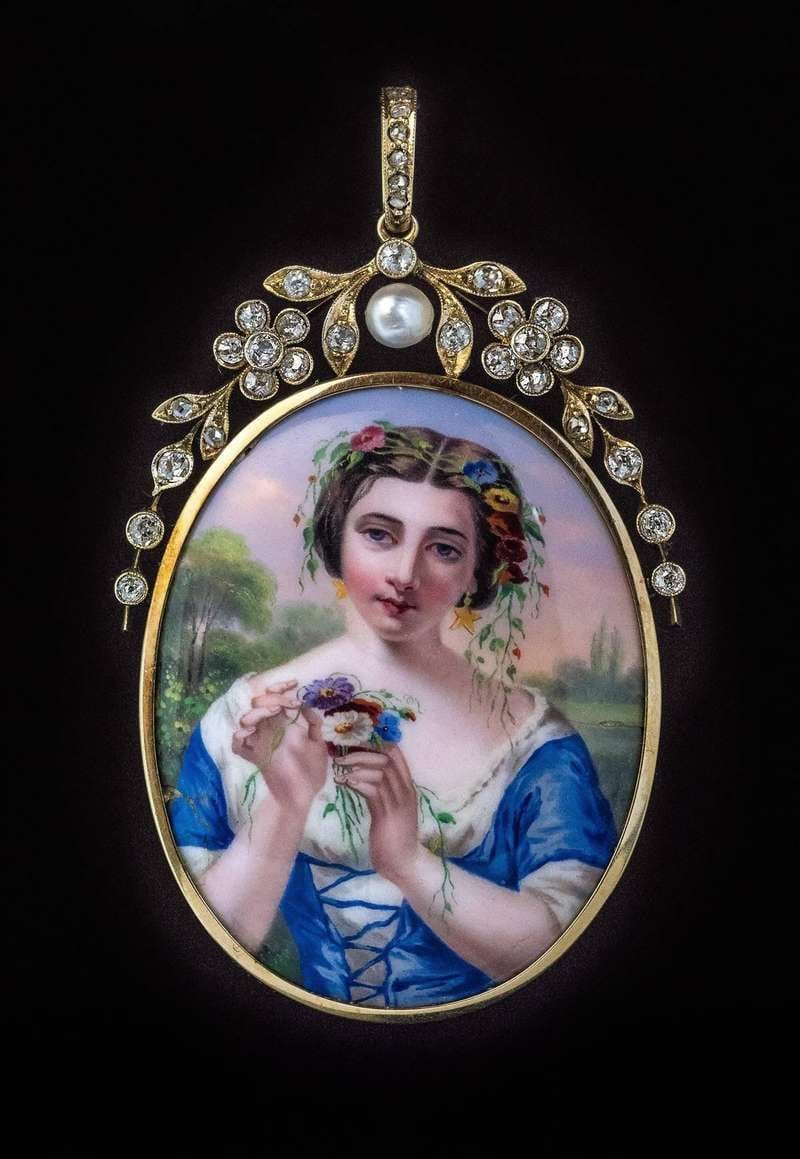
Plique-A-Jour
Translating as ‘Light of day,’ this is arguably the most challenging technique. Designs are created with wires on metal. Once enameled, the backs are removed, creating ethereal transparency.
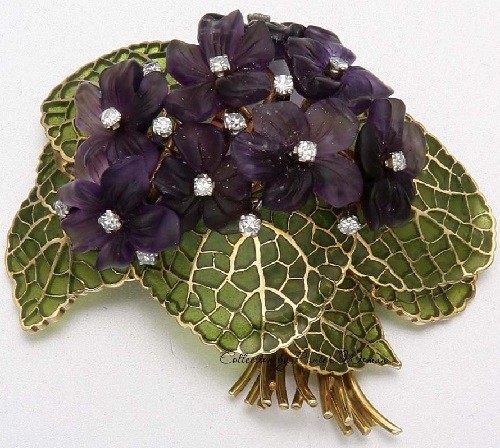
Champleve
Channels are formed by carving the metal base, which is then filled with enamel. A variation of champleve is basse-taille, where the etching is done at various depths, creating a three-dimensional effect when the enamel is applied, with different opacities.

Pertapghar
Practiced only in India, a green enamel is applied on a gold background. Then, an open work gold casing is applied to the molten enamel. This is called Thewa in India.
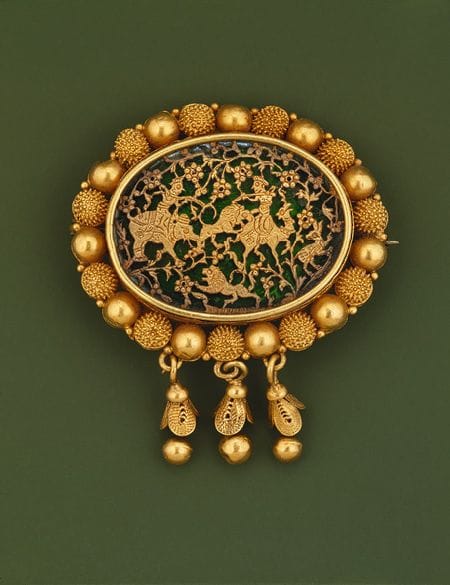
Enameled Jewelry today
Like all crafts which are hand done, enameling has suffered because of machine-made examples, which are shoddy and of poor quality. Fortunately, several organizations worldwide, like the Enamelist Society in the USA, hold conferences, publish articles, and train interested students. But sadly, enameling is now an artisanal activity, practiced by very few. Nevertheless, Jaipur is one place where it continues to flourish, mainly because it goes hand in hand with Kundan jewelry, such a big part of the Indian wedding scenario. Moreover, several international designers, like Alice Cicolini, have used Jaipur’s skills in novel ways. I love the Georgian jeweler Sopho Gongliashvili, who uses the Byzantine cloisonné technique to create the most remarkable pieces. These are encouraging because the popularity of such designers will keep this ancient craft going in the future.
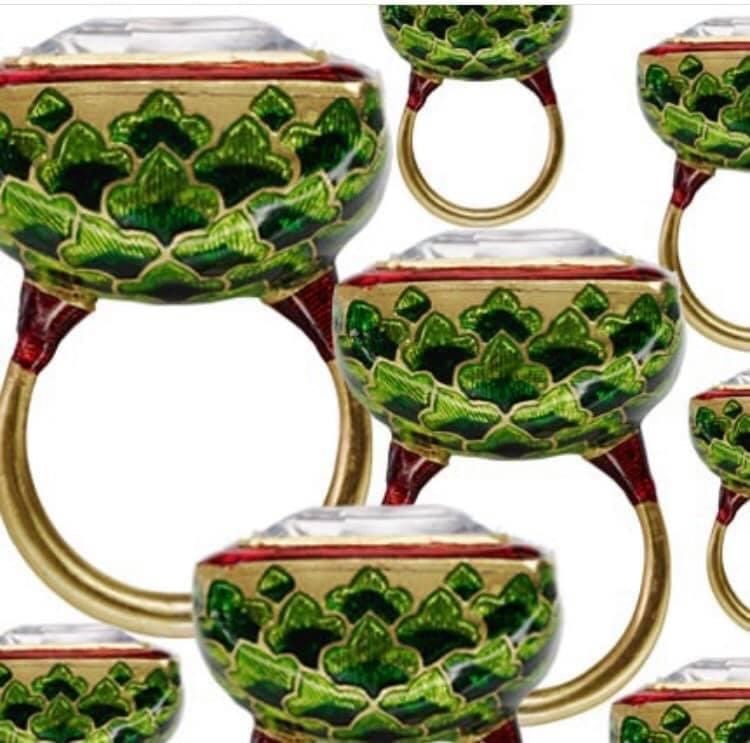
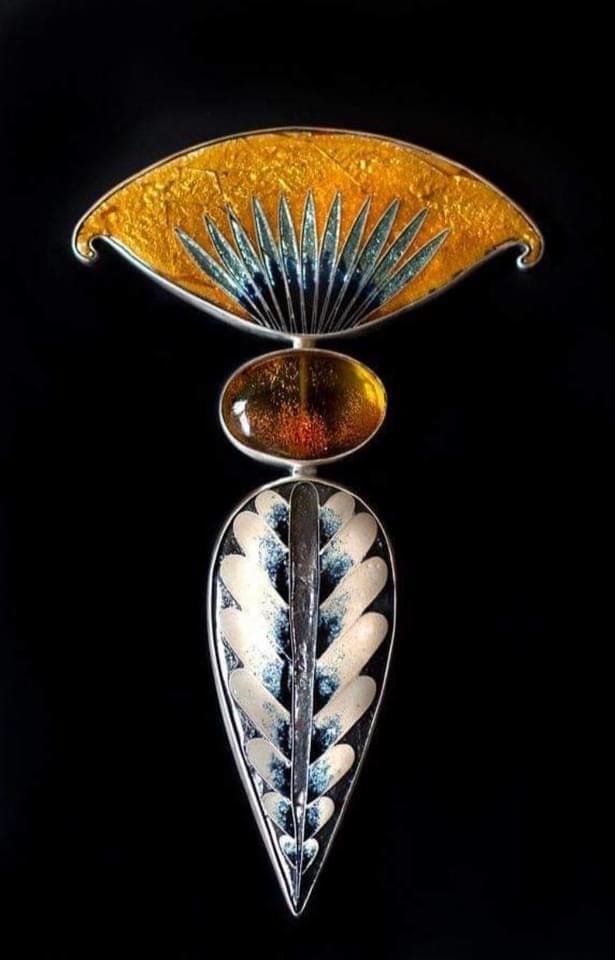
AUTHOR BIO
Mira Gupta is a well-known curator and designer in craft-based luxury. She has had working stints with Fabindia, Good Earth, and Ogaan to promote the cause of craft. She is deeply interested in art, travel, architecture, and culture.
Read more articles by the Author HERE


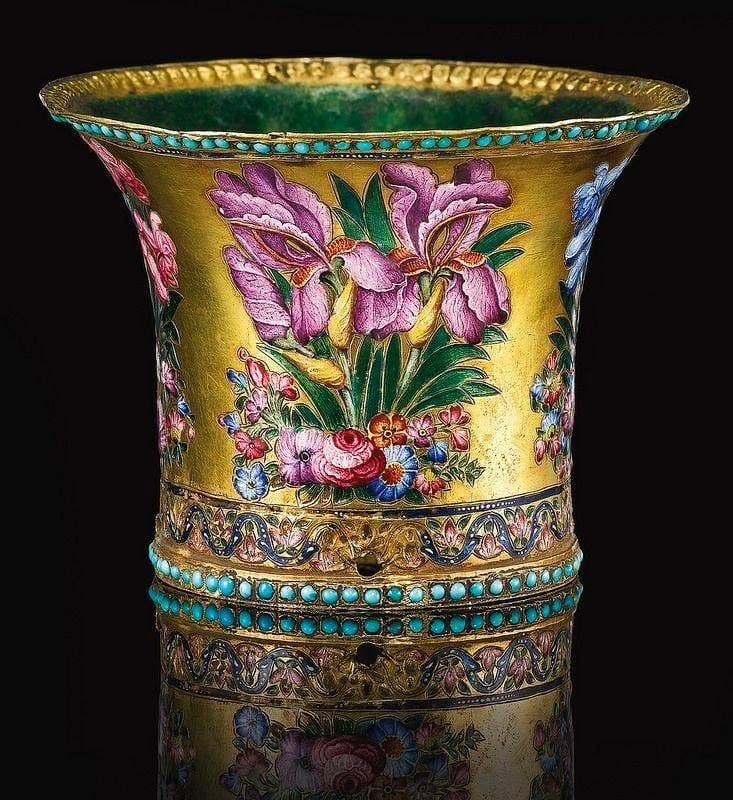

No Comments